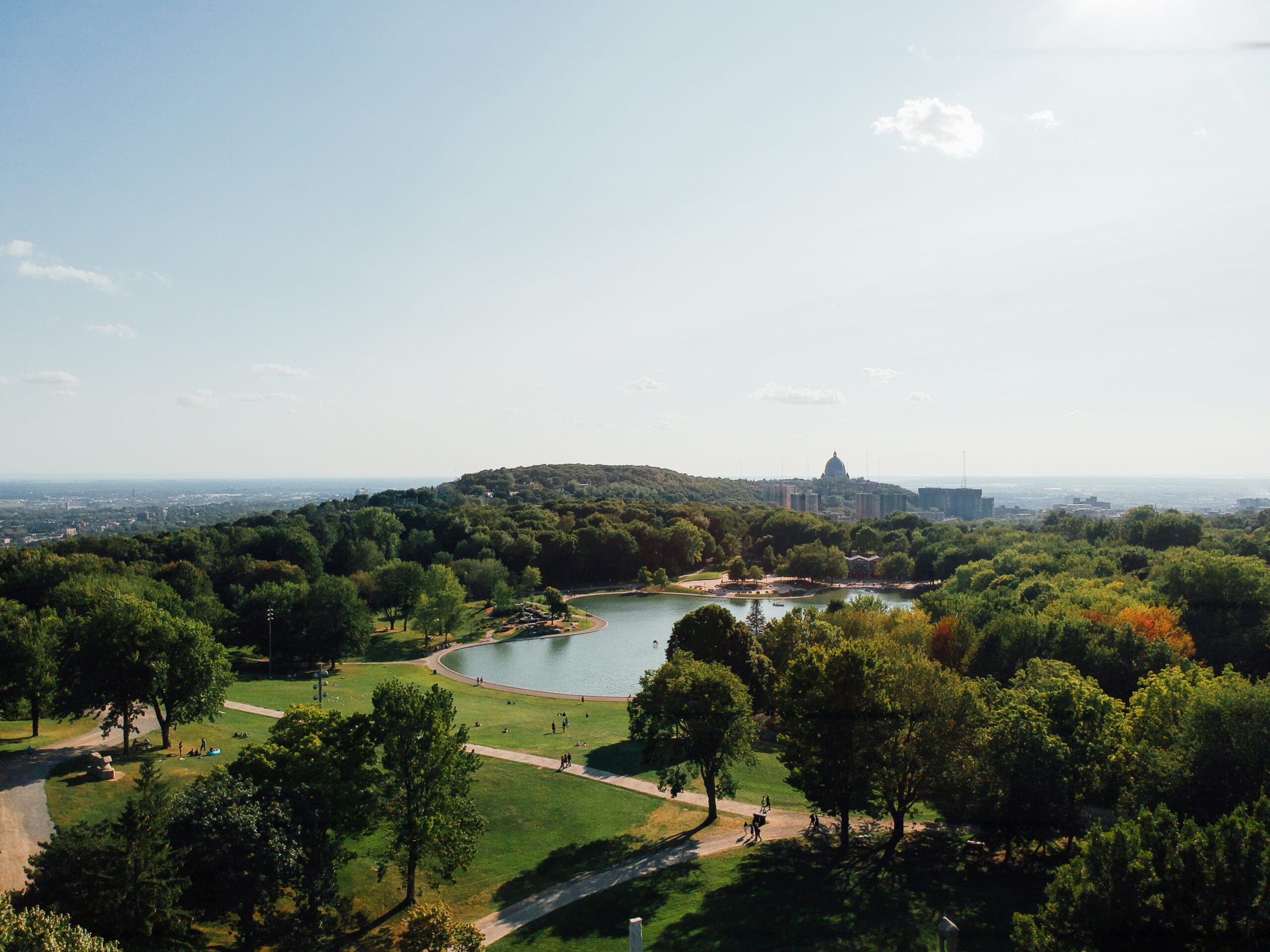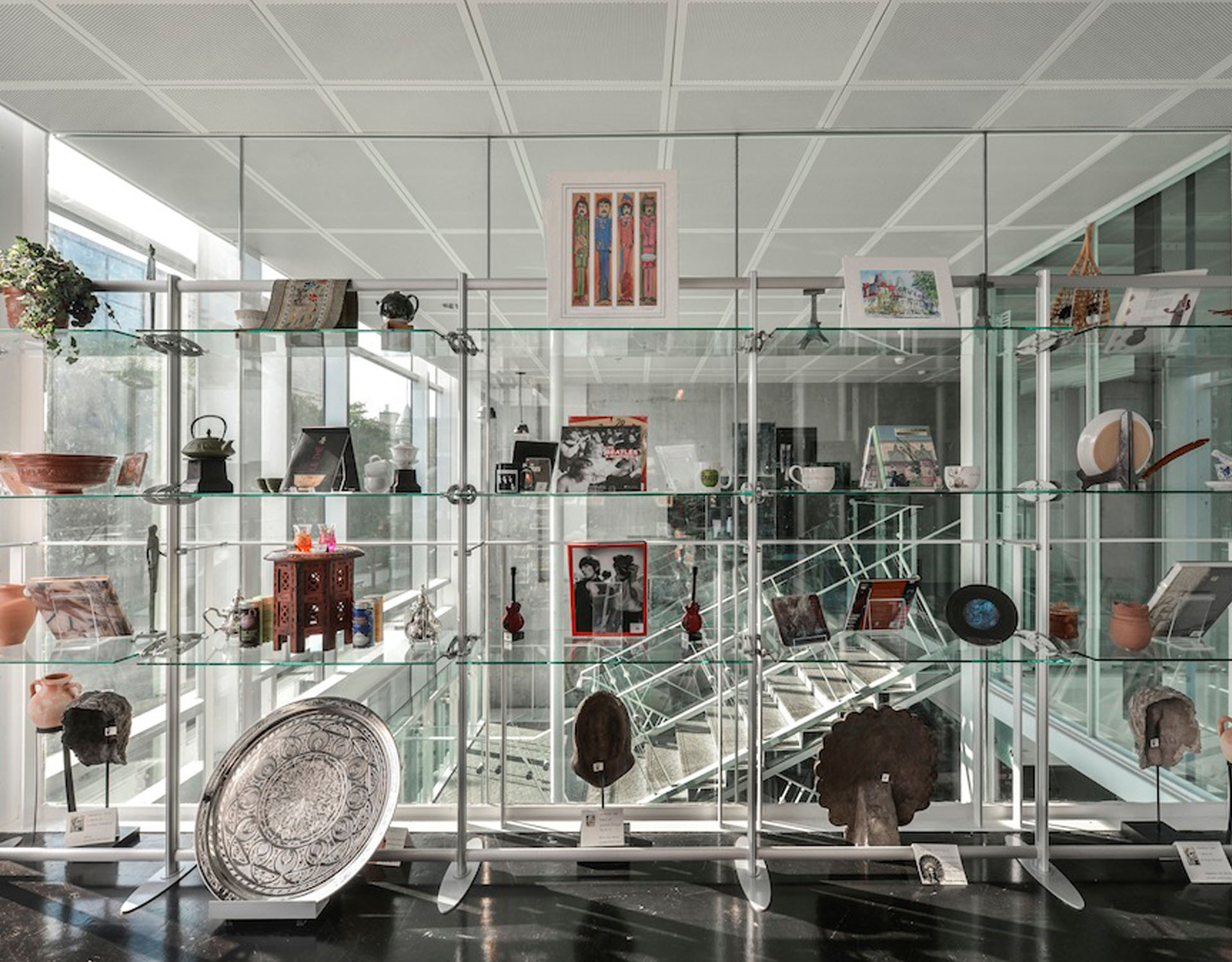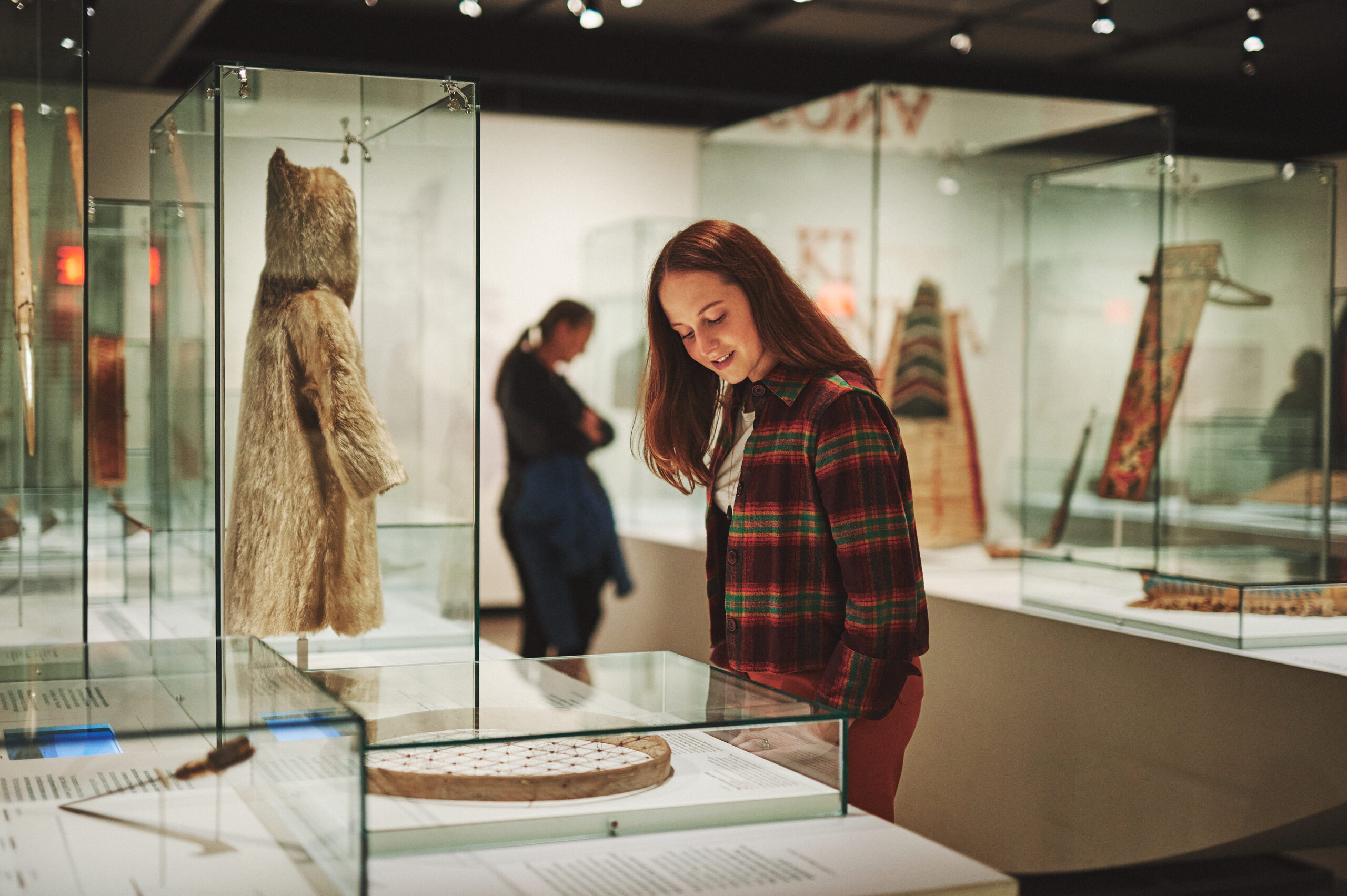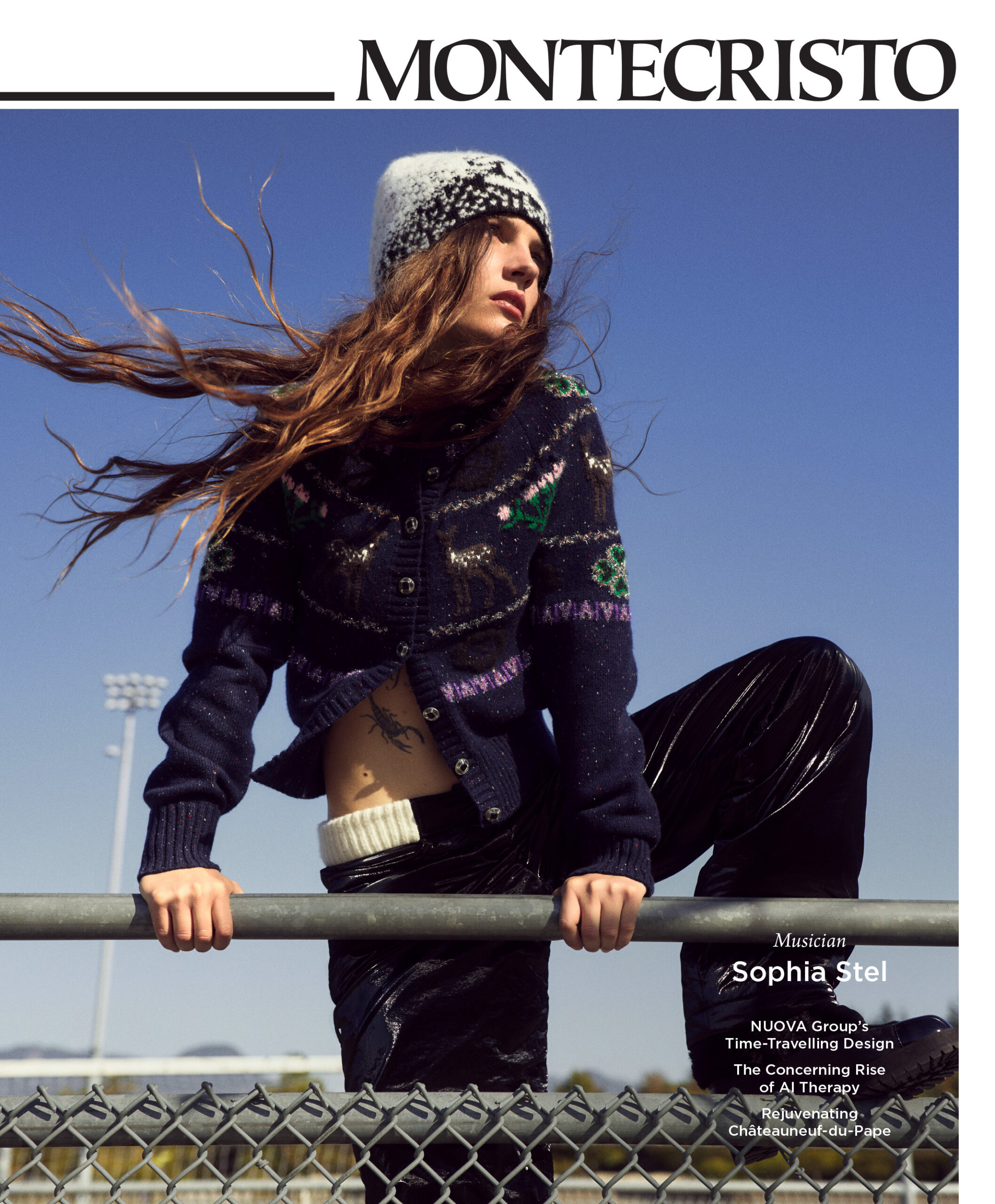“We’re in the time of the Indigenous spiritual resurrection—the imbalance that exists on Turtle Island, we have to put it back into balance. Not only for us, but for the entire world because people are looking for hope, they’re looking for solutions, and it’s all right here,” says Ka’nahsohon Kevin Deer, an elder from Kahnawake community in the Mohawk Nation.
The “here” Deer speaks of is Tiohtià:ke, otherwise known as Montreal. The Quebec metropolis has been a First Nations gathering place for centuries. Today, it is home to a diverse population of Indigenous communities, including those gathered before Deer to listen to his opening remarks at the fourth annual National Day for Truth and Reconciliation.
Deer’s reflections ring out into a crowd thousands deep before the Every Child Matters March begins. Held annually on September 30 in Montreal, the march and the day honour the survivors of residential schools, as well as the children who never made it home and their families and communities. The day also marks the long overdue acknowledgement of the grave and dark history of Indigenous communities in Canada, while commemorating strides towards building a better future for these communities moving forward.
City planners and community builders are working to make things better. In part, this is through initiatives that convey Indigenous history and support Indigenous communities with myriad museums, sites, newly opened Indigenous-owned retail outlets and art galleries, and more.
The day before the National Day for Truth and Reconciliation events, I meet Deer on Mount Royal, or rather, Otsira:ke, which means “place of the fire.” As he speaks on a foggy, mist-filled morning, he conveys the importance of the site as a gathering place for Indigenous communities for thousands of years.

Beaver Lake on Mount Royal. Photo by Alison Slattery. Courtesy of Tourisme Montréal.
“Mount Royal was a significant part of our culture. The mountain was a source of fertile land for growing crops, wood, and hornfels,” says Deer, who for decades has participated in initiatives to preserve Indigenous culture and language. The St. Lawrence Iroquoians established a village called Hochelaga on one of the mountain’s slopes in the 1300s. Hochelaga was a major trade centre where people along the Ottawa and St. Lawrence Rivers and from other areas would converge, he added.
Deer is a passionate speaker and can regale you for hours. He relays the history of Indigenous communities in the area, and as I walk down from the mountain to Peel Street, some of this history unfolds via bronze sculptures on the Peel Trail.
The trail, also called “Tsi niion kwarihò:ten” in Kanien’kehá:ka (the Mohawk language), provides a brief look into the island’s history since the arrival of Europeans, achieved through a dialogue between two artists: Kanien’kehá:ka multidisciplinary artist MC Snow and non-Indigenous sculptor Kyra Revenko. You listen to their discussion on your phone via an audio guide app as you walk. The experience was created by the Kahnawà:ke band council, members of the Kahnawà:ke Mohawk community, urban design professionals, archaeologists, and city representatives.
The trail was inspired by archaeological excavations conducted between 2016 and 2019, when remnants of an Iroquoian village dating from the 14th century were uncovered in the area.
One stop along the path is the McCord Stewart Museum, which features the permanent Indigenous Voices of Today: Knowledge, Trauma, Resilience exhibition, which “bears witness to the knowledge of Indigenous peoples in Quebec and Canada, as well as the deep wounds they carry and their incredible resilience.” First Nations, Métis, and Inuit identities are recognized in the exhibition through a collection of artifacts such as cradleboards, snowshoes, and canoes, alongside inspiring stories shared through text and video from members of 11 Indigenous communities in Quebec. The testimonies were gathered by Huron-Wendat curator Elisabeth Kaine, who conducted a major consultation between 2010 and 2018 that involved 800 people.
From the museum, we wander over to the newly opened Wachiya in Vieux Montréal, the city’s first Indigenous-owned and -operated boutique. Filled with beautiful wares, mainly from Cree artists, the shop sells everything from handmade outerwear, moccasins, and jewellery to stunning wall hangings.
“We’re a nonprofit organization that assists Cree (Eeyou) artists. We develop programs for them and services. We came up with this store as an outlet for them to sell their arts and crafts and start that dialogue with our customers who aren’t that knowledgeable about Cree culture,” says Dale Cooper, the executive director of the Cree Native Arts and Crafts Association and the owner of Wachiya.
My Indigenous discovery day leads me to Pointe-à-Callière, a National Historic Site located at the city’s ostensible birthplace, Place Royale. An archaeological tour takes visitors from the Indigenous peoples’ occupation to the erection of the first French establishment of the city and the present day.

Photo courtesy of Pointe-à-Callière.
During the refurbishment of its signature exhibition Crossroads Montréal, representatives of three First Nations (Mohawk, Wendat, and Anishinaabe) worked closely with the project team to ensure the values of the First Nations were well integrated throughout the exhibition. The importance of oral tradition gave rise to the interactive installation Ancestral Memories of the Island, which bears witness to the lives of Indigenous peoples, past and present.
This long but fulfilling day ends with a bang with the Gardens of Light at the Montreal Botanical Garden. The stunning light show and its displays offer an immersive, illuminated stroll through the lovely First Nations Garden. The lights in this section focus on the Sacred Tree, a giant, illuminated poplar that stands at the centre of the garden, which “shines in a multitude of colours to represent the circle of life, the birth of seasons, and nature’s perpetual transformations.”
As my night comes to an end in spectacular fashion, I feel grateful for this glimpse of the circle of life and discovery in Montreal, the birth of a new season and era for Indigenous communities, and intentional transformations of a city increasingly dedicated to honouring the original keepers of the land.
Read more Montreal stories.









